On this page:
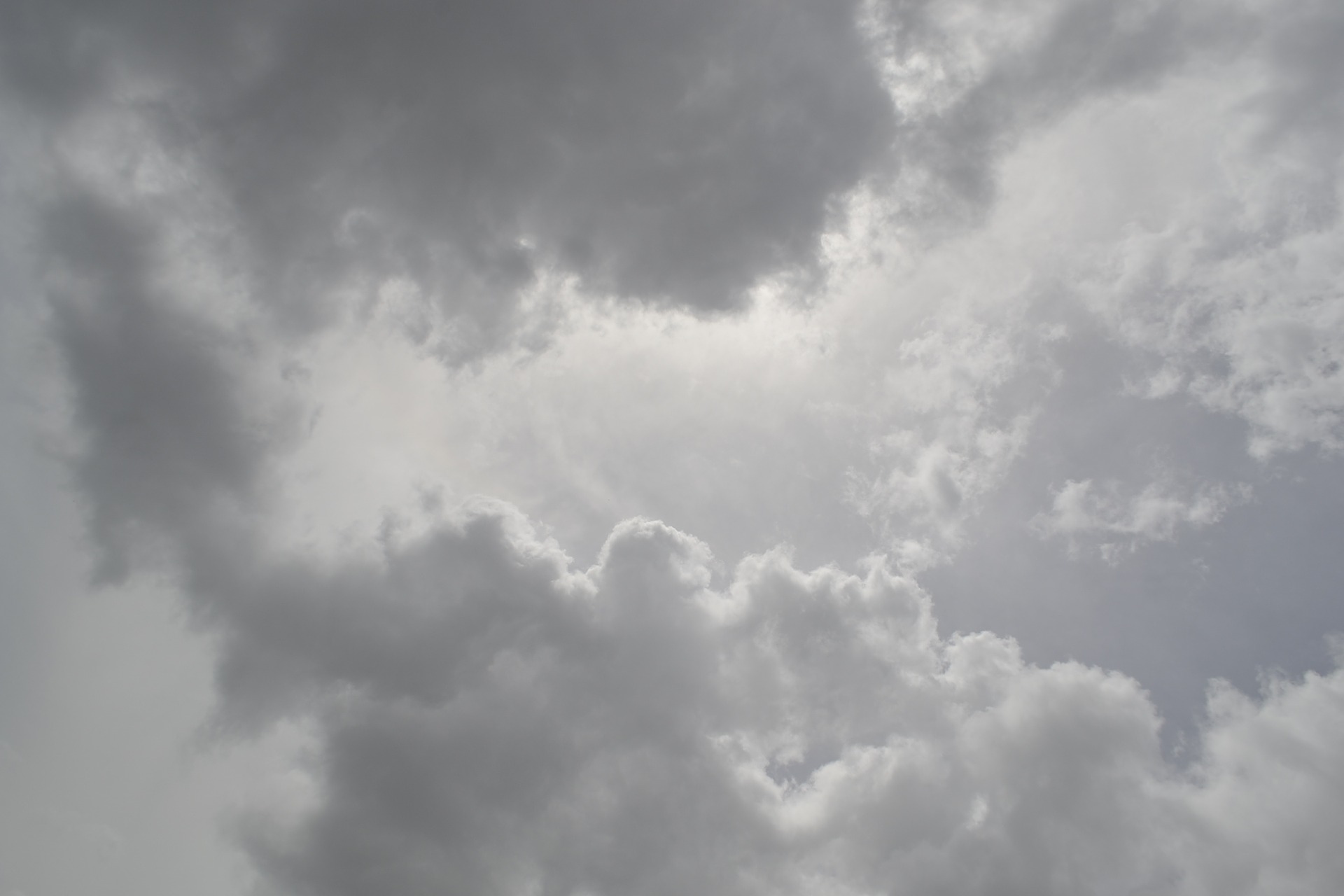
Sydney weather and air quality data now available from TERN
Detailed weather and air-quality data collected at Sydney schools are now available for download via Terrestrial Ecosystem Research Network. The data collected by the Schools Weather and Air Quality citizen science project includes the Black Summer bushfires and multiple COVID-19 lockdown periods. This presents a valuable dataset for urban ecology, air pollution, and climate research, and future urban planning. It also provides an opportunity for international collaborations and global science.
Read more about air quality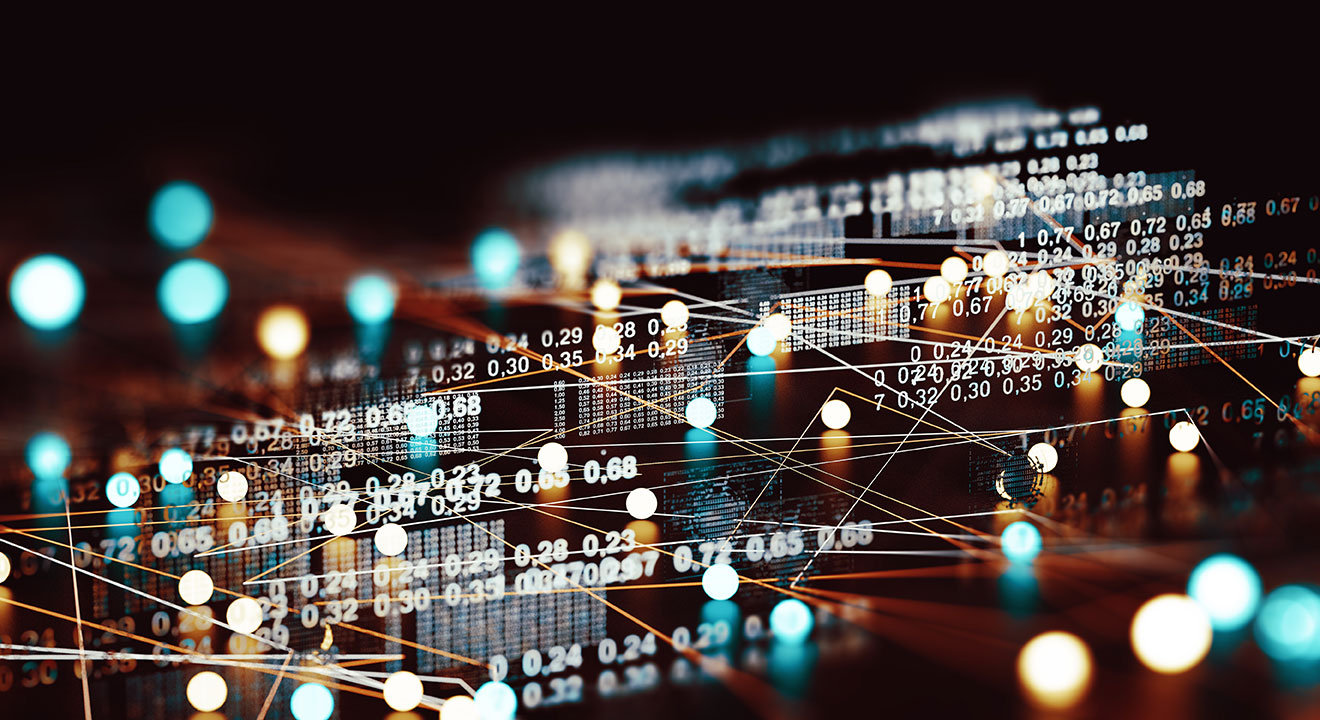
Culture-mapping tool wins national award
The Time Layered Cultural Map of Australia (TLCMap) is a suite of digital tools that gives Humanities and Social Science researchers a unique means of visualising and analysing historical and cultural data. Supported by the Australian Research Data Commons, the new TLCMap allows researchers to access multiple data sources, use pre-existing or custom-made tools to analyse and visualise data, export results, and tag data sources.
Read more about culture mapping tool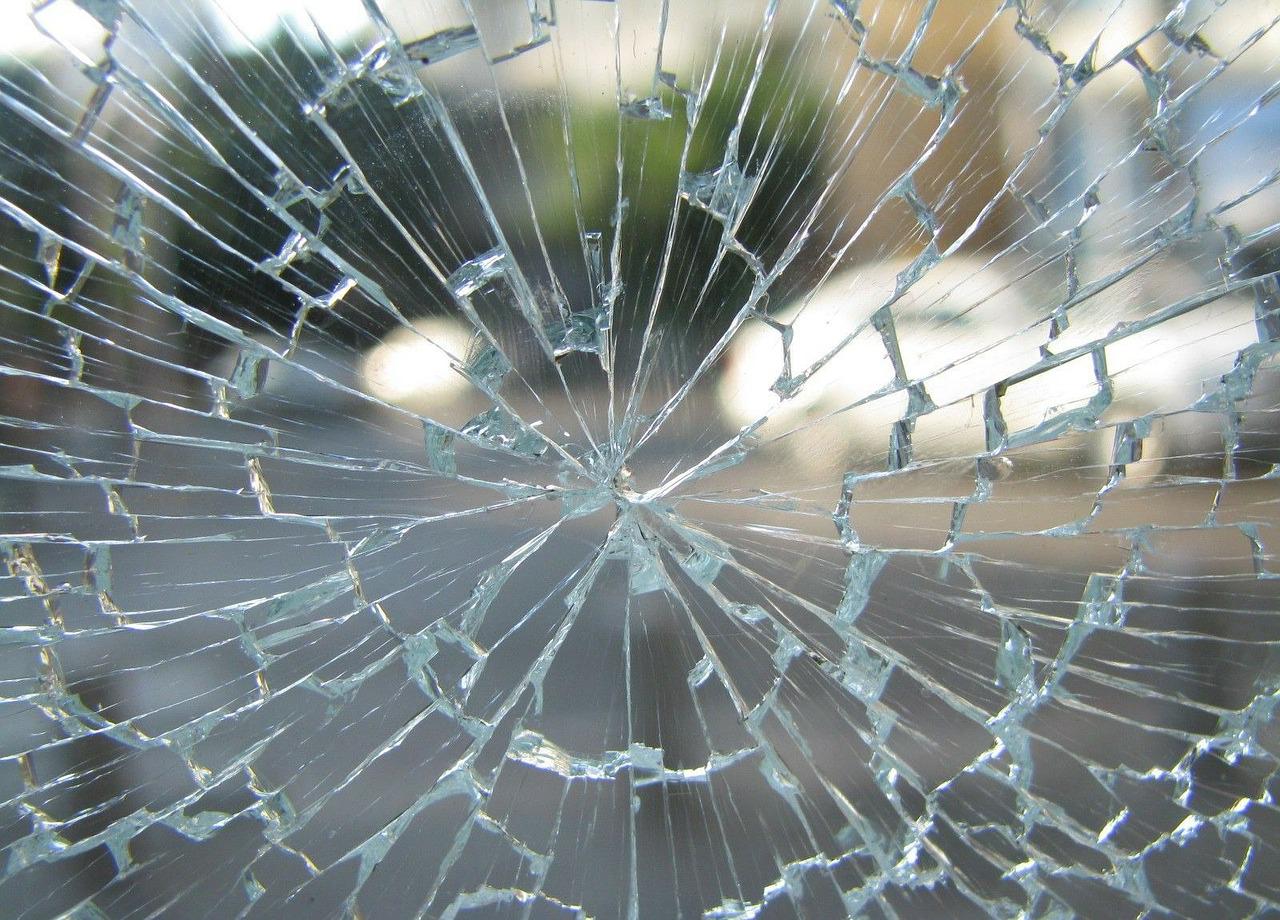
Hot and Hostile - how weather affects crime rates
Temperature and crime are one of the most extreme relationships between the atmospheric environment and human behaviour, yet our knowledge about it, until now, is primarily based on Northern Hemisphere research. Heather Stevens used the Terrestrial Environment Research Network’s CoESRA Virtual Desktop to review suburb-by-suburb crime and temperature data, and the results of the work suggested that assault and theft counts were significantly higher in summer than winter.
Read more about weather affecting crime rates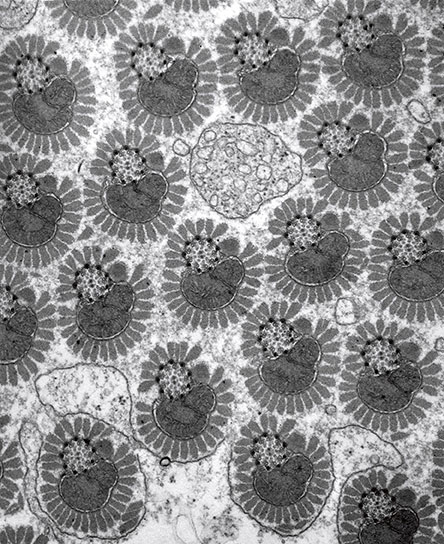
Stories and Structures - New Connections
A new touring exhibition, established by Microscopy Australia, brings together electron microscope images of the natural world with artworks from 21 Indigenous artists. It explores images that pass on knowledge and shape our understanding of the world and reveals rich parallels between Indigenous Australian visual language and microscopic structures. It is hoped that this exhibition will encourage more Indigenous students to pursue study and careers in STEM.
Read more about New Connections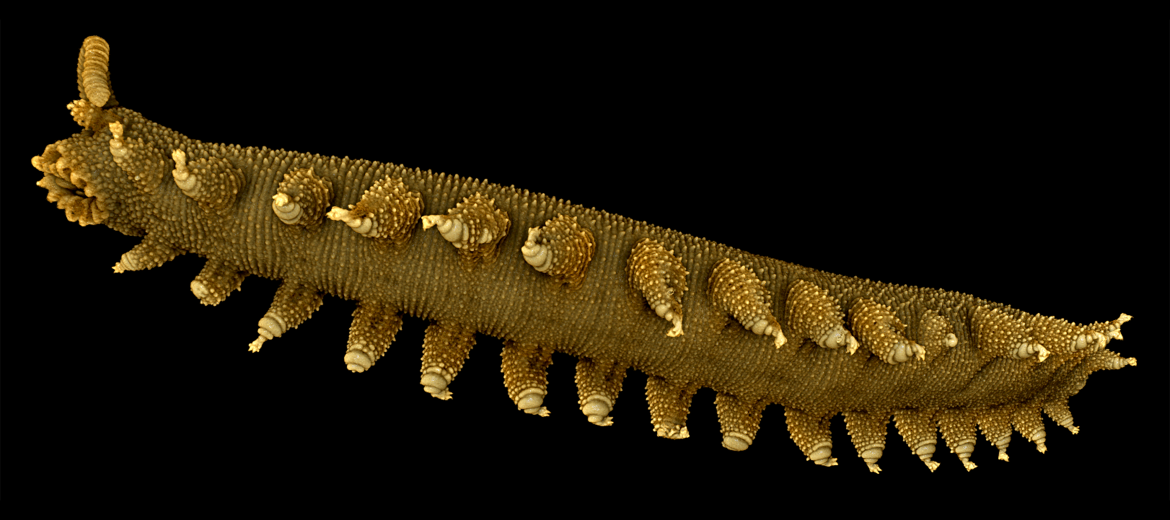
3D Models of specimens for researchers and the public
Microscopy Australia’s facilities at the Australian National University and the University of Western Australia are revealing hidden samples and seeing inside specimens without damaging them. The data is scanned and rebuilt in 3D with interactive surfaces, accessed through the Australian Museum's online portal. The portal’s digital archives will let visitors interact with specimens that would not otherwise be on display. A mix of artefacts have been imaged.
Read more about 3D models and specimens